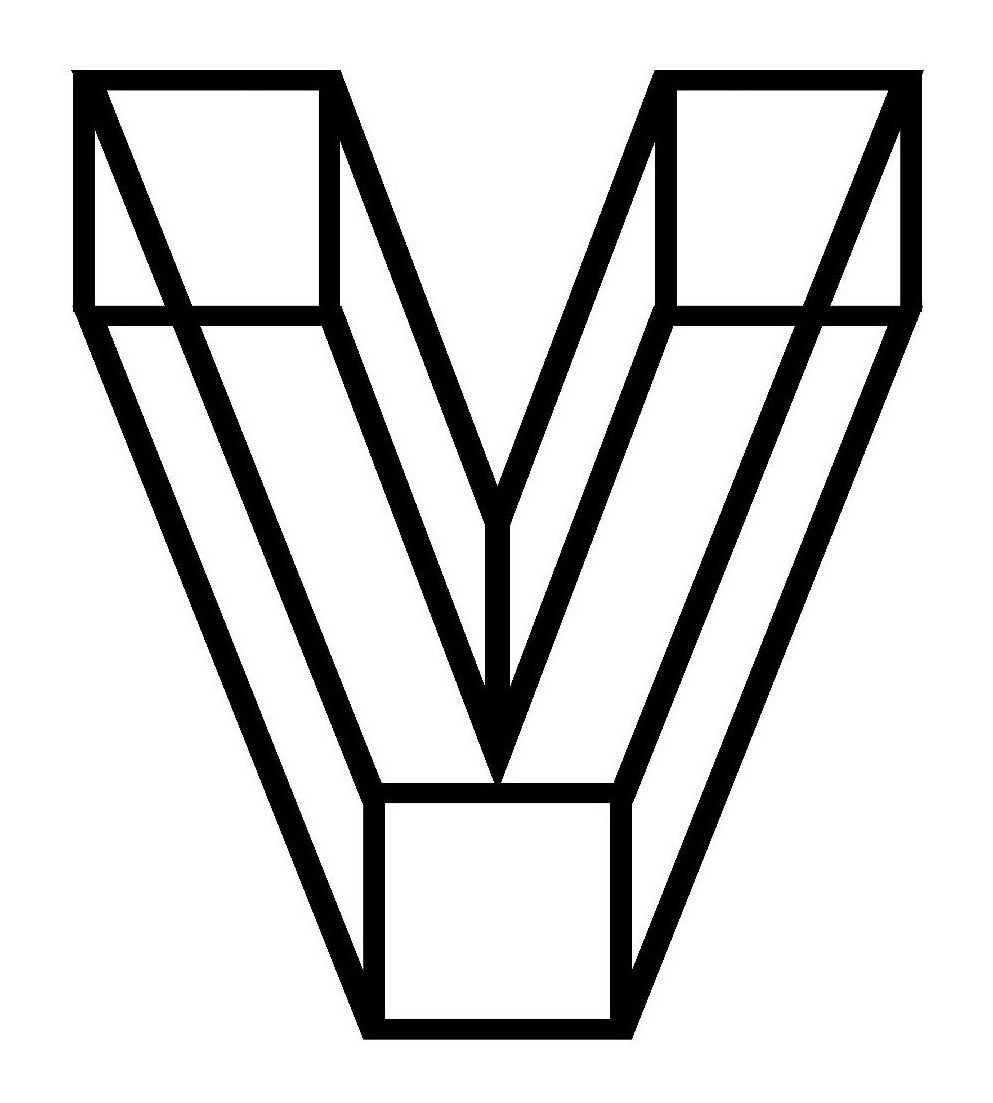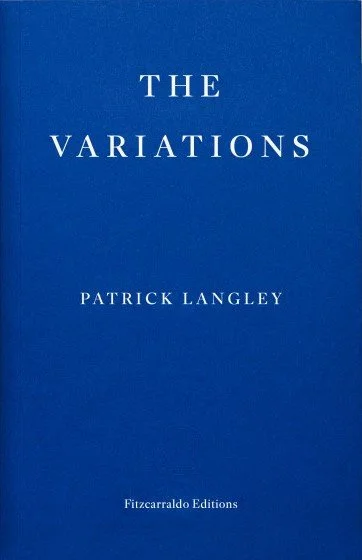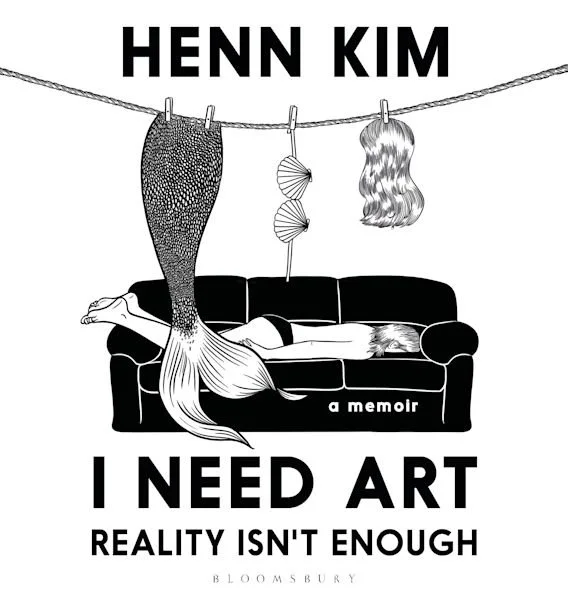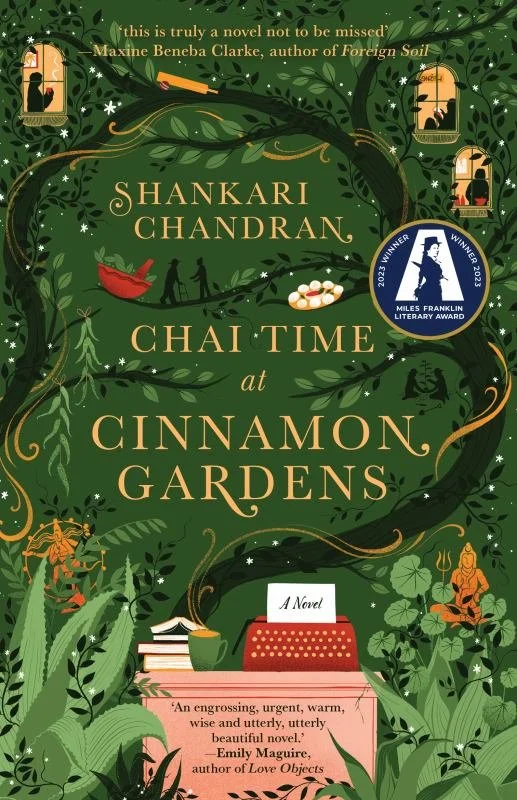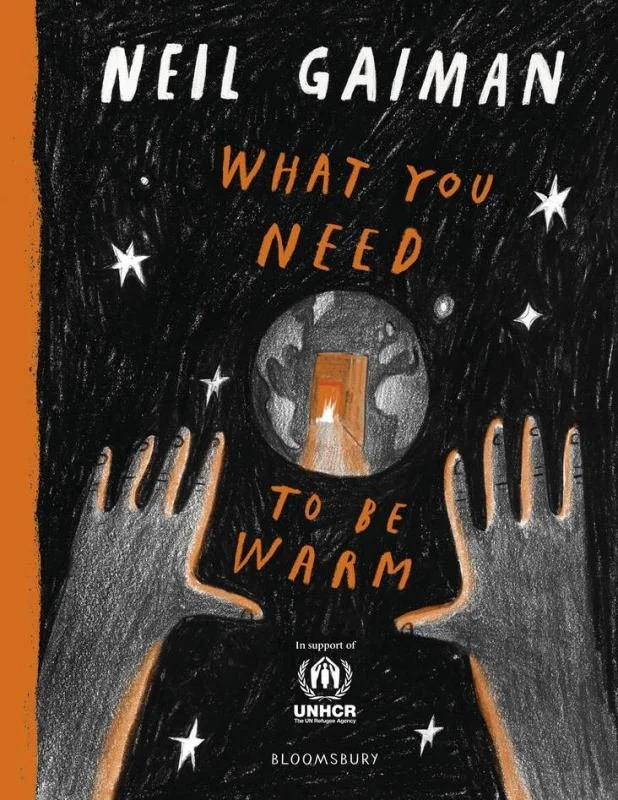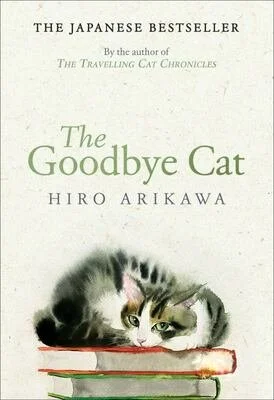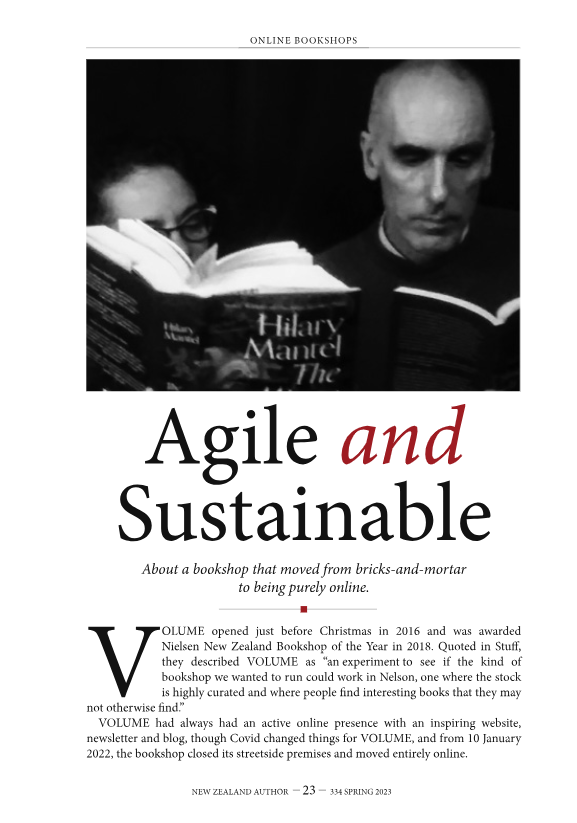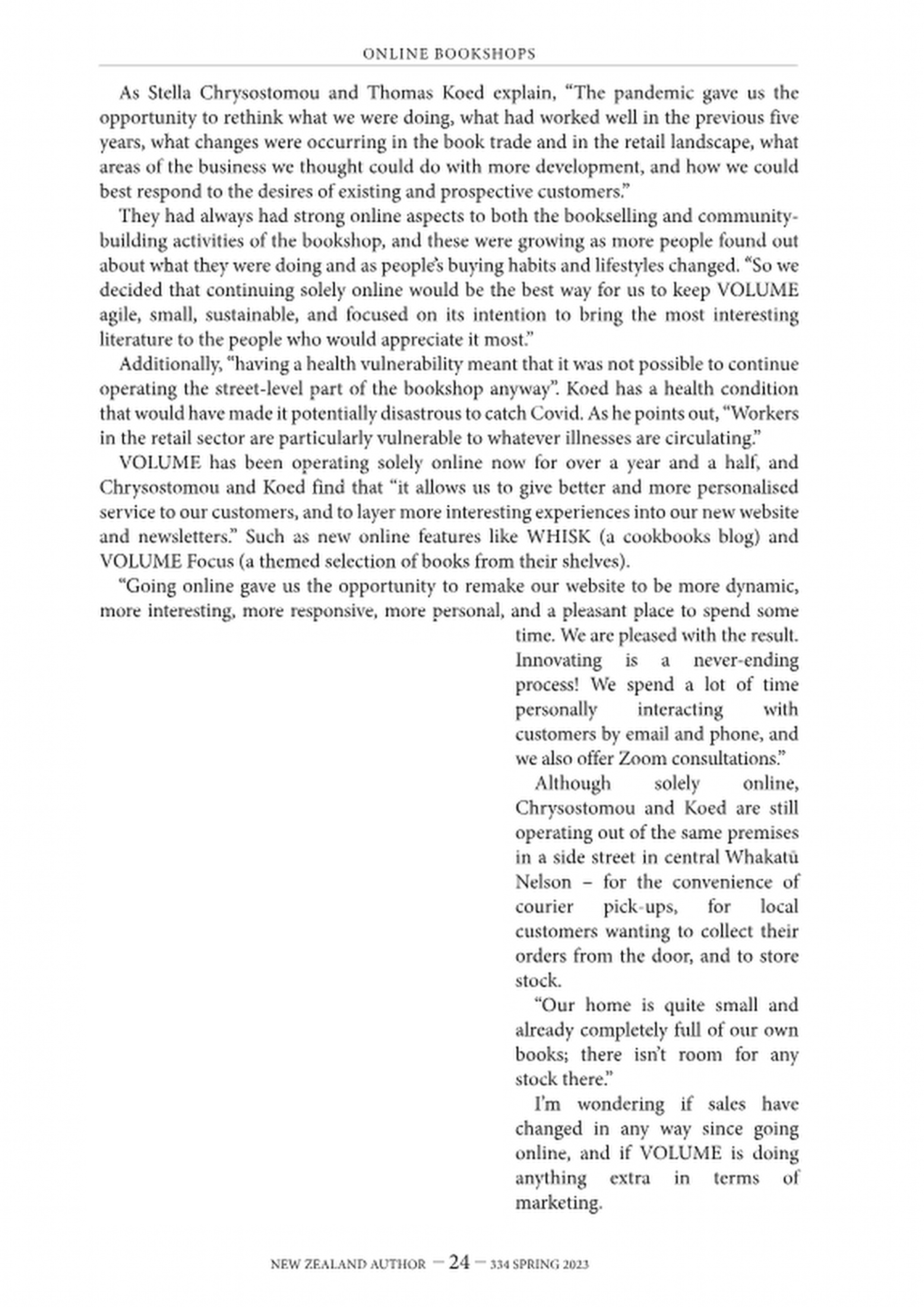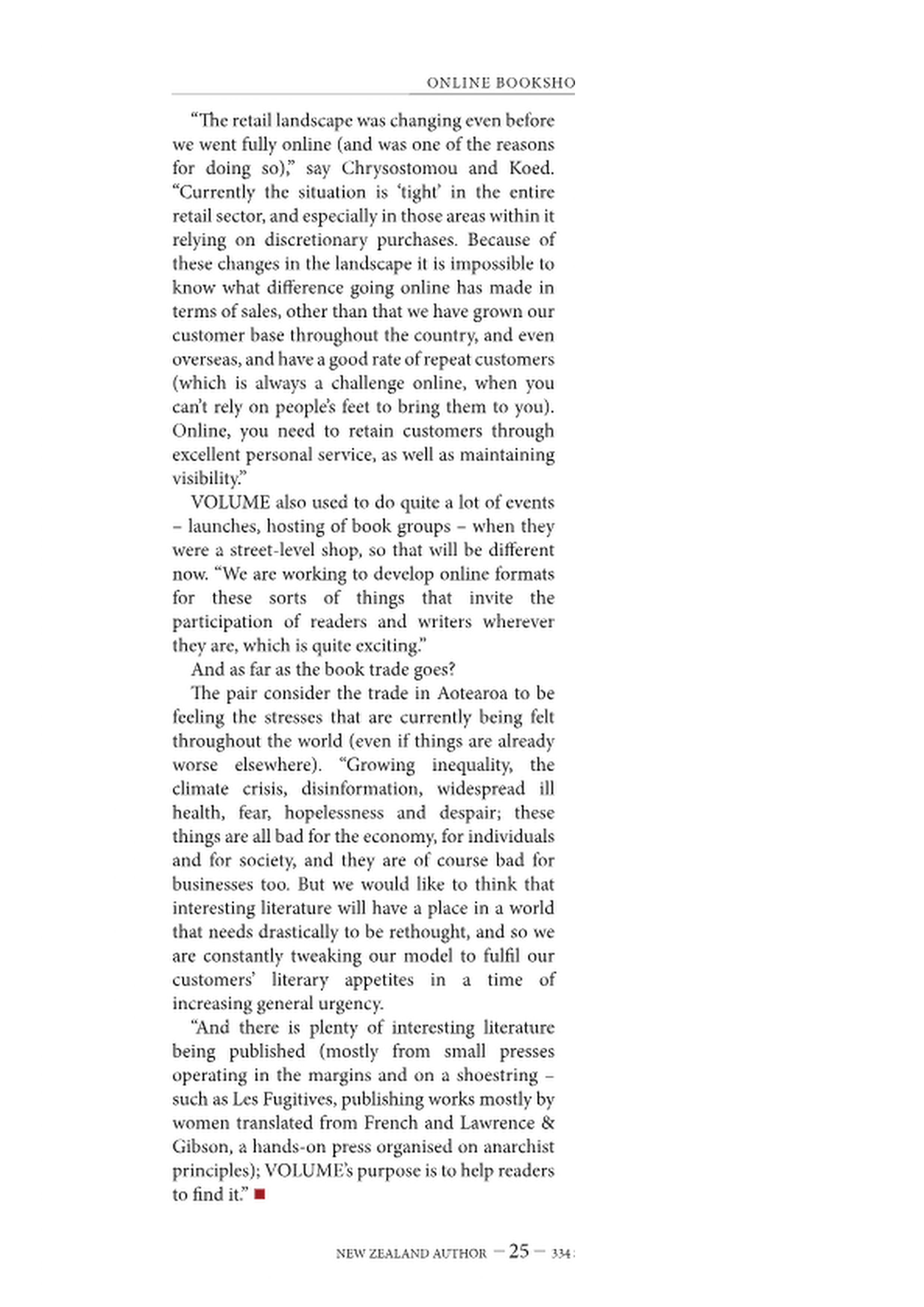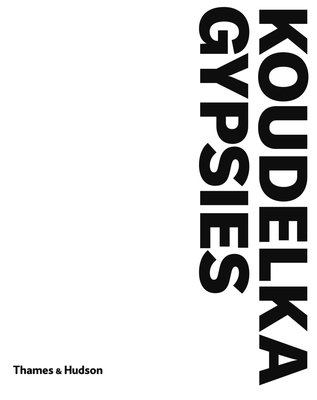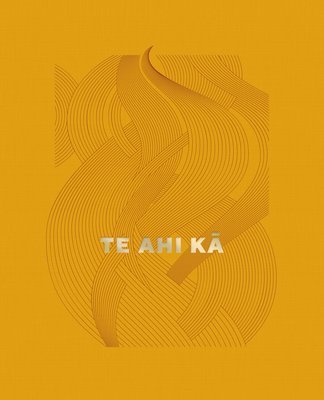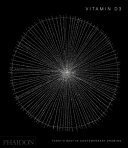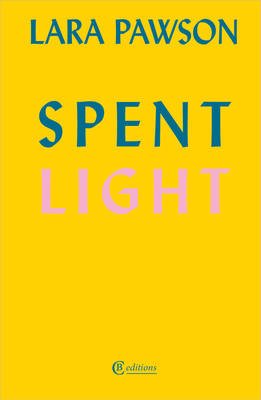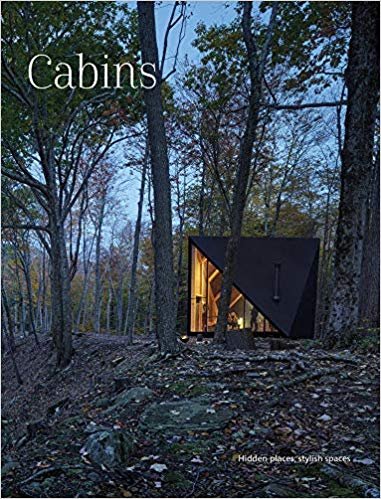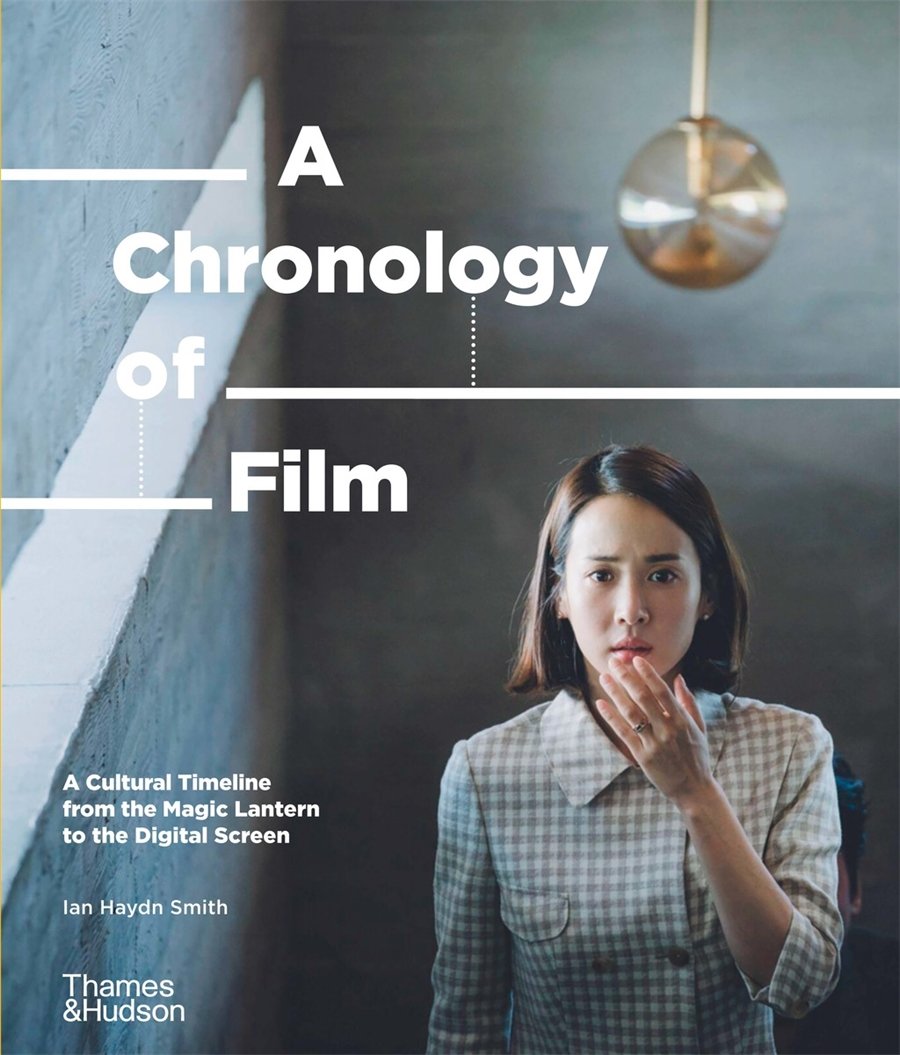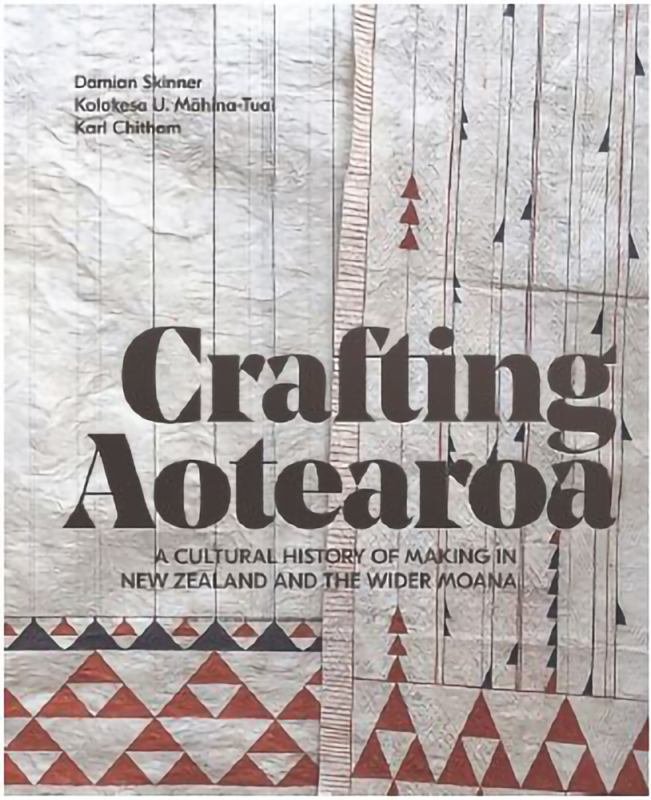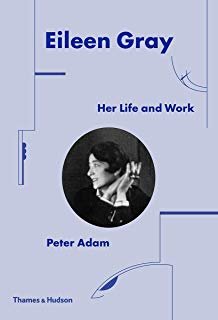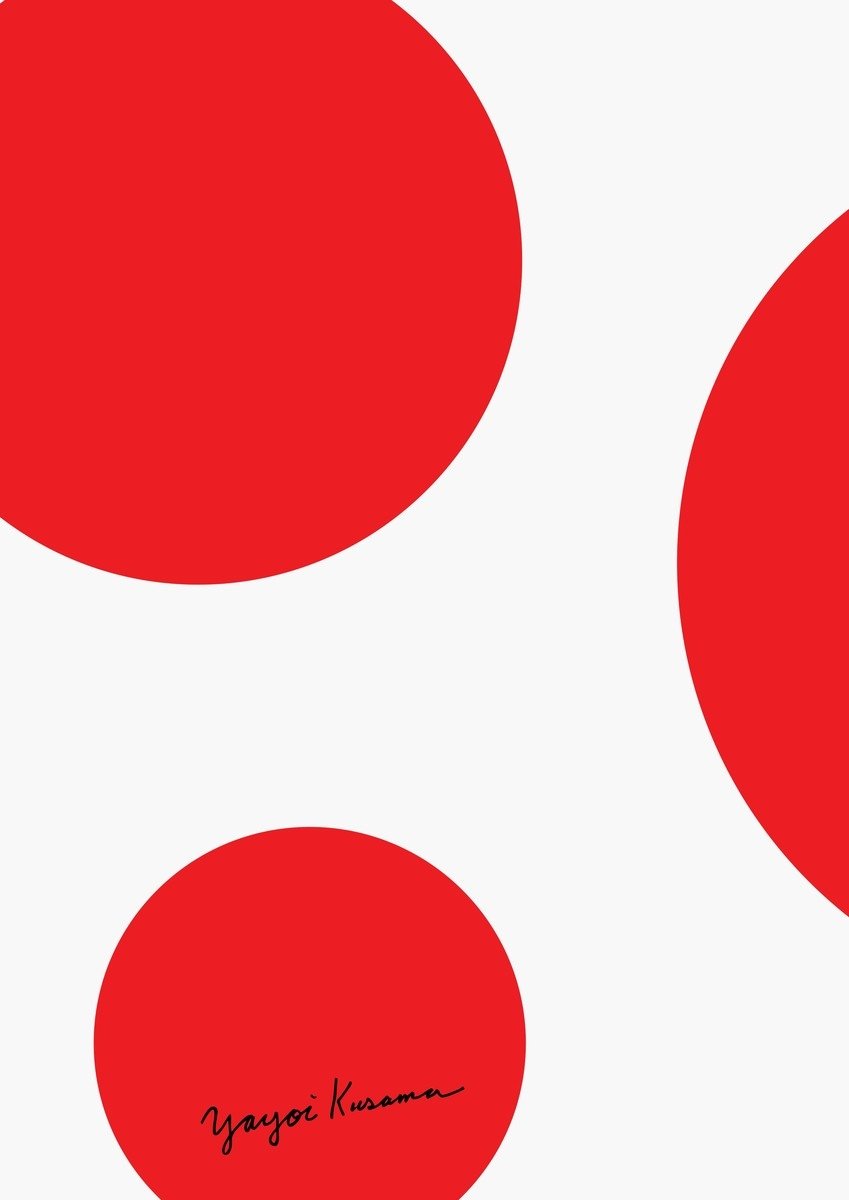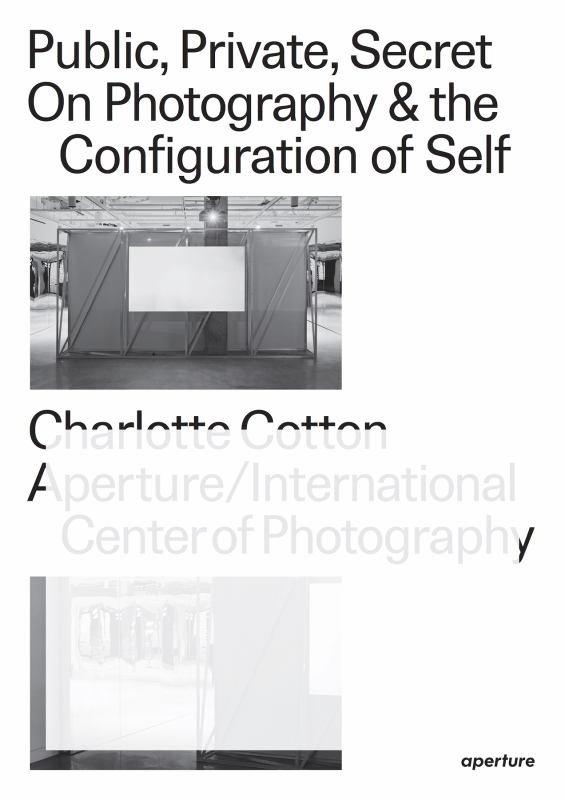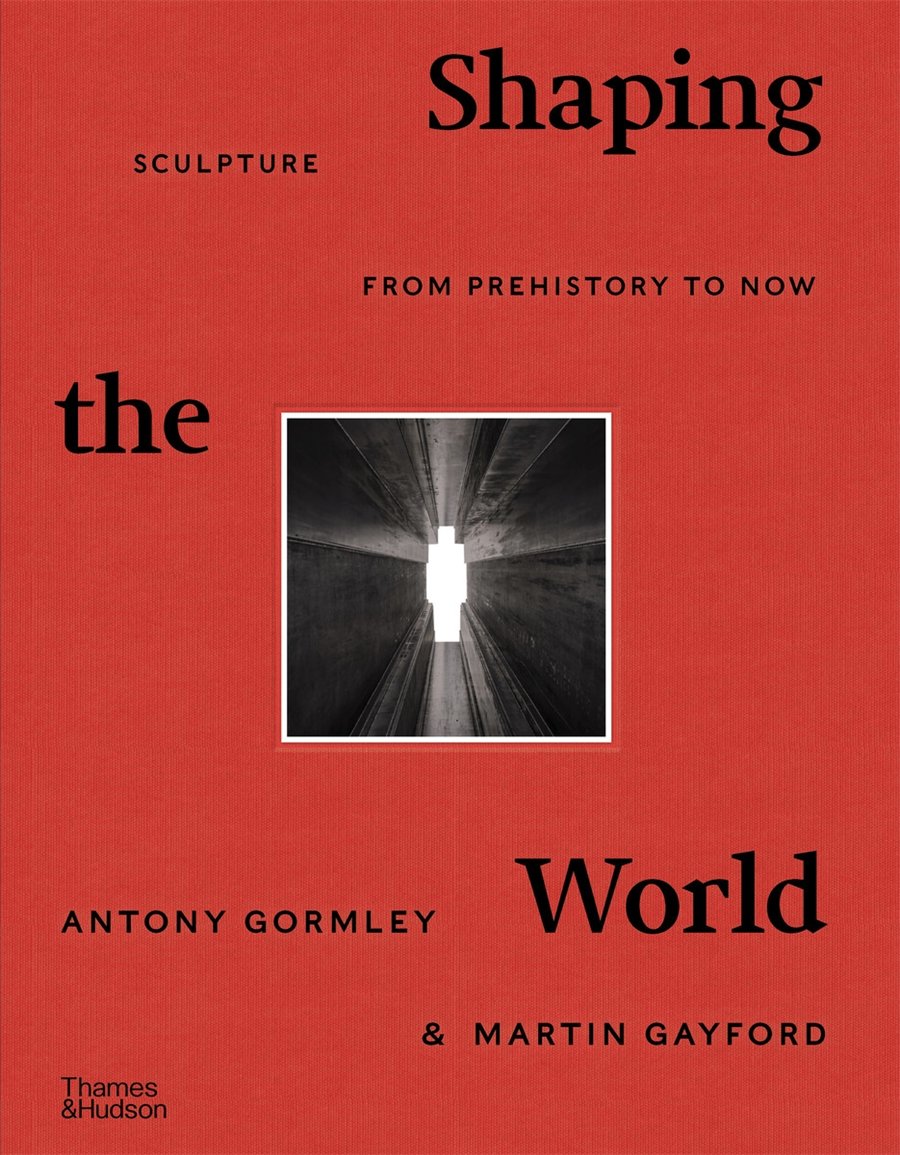Unwords by Andrew Gallix $40
An enjoyable companion to the best new reading and to intriguing re-readings, this book contains essays on the highest form of intergloss (and everything having already been said), the death of the novel, the death of the author, the unwritten, the unread and unreadable, the International Necronautical Society, fictive realism, Alain Robbe-Grillet's reality hunger, the Oulipo and literary bondage, Rene Girard and mimetic desire, literary prizes, Andy Warhol's answer to Ulysses, the poetics of spam, the literati and digerati, the disappearance of 3:AM Magazine (and literature), umbilical worlds, the melancholy of Guy the Gorilla, the world without me, two interviews with philosopher Simon Critchley, and an after(un)word-cum-writing manifesto made up exclusively of quotations. It also contains reviews of works by Jenn Ashworth, Zygmunt Bauman, Claire-Louise Bennett, Gavin James Bower, Kevin Breathnach, Michel Butor, David Caron, Joshua Cohen, Douglas Coupland, Tim Etchells, Jonathan Franzen, Dan Fox, Paul Gorman, James Greer, Len Gutkin, Isabella Hammad, Jean-Yves Jouan.
”I'm starting to suspect that the last quarter century of literary history has in reality been a projection of the mind of Andrew Gallix, paused in reverie above the blank sheet of a masterpiece so perfect as to be unfeasible. We thought we were writing, reading and debating; in fact, he was daydreaming us all." —Tom McCarthy
"Andrew Gallix is the thinking punk's intellecual, a vital voice at the forefront of literary criticism. He is eminently readable, an alternative national (and international) treasure." —Benjamin Myers
"Andrew Gallix has long been one of our most astute, witty, and suprising critical thinkers. For a start, he understands how a modernist novel is put together. This is not to be taken for granted — it is one of the many reasons to enjoy the spirit of this valuable and intellectually entertaining collection." —Devorah Levy
